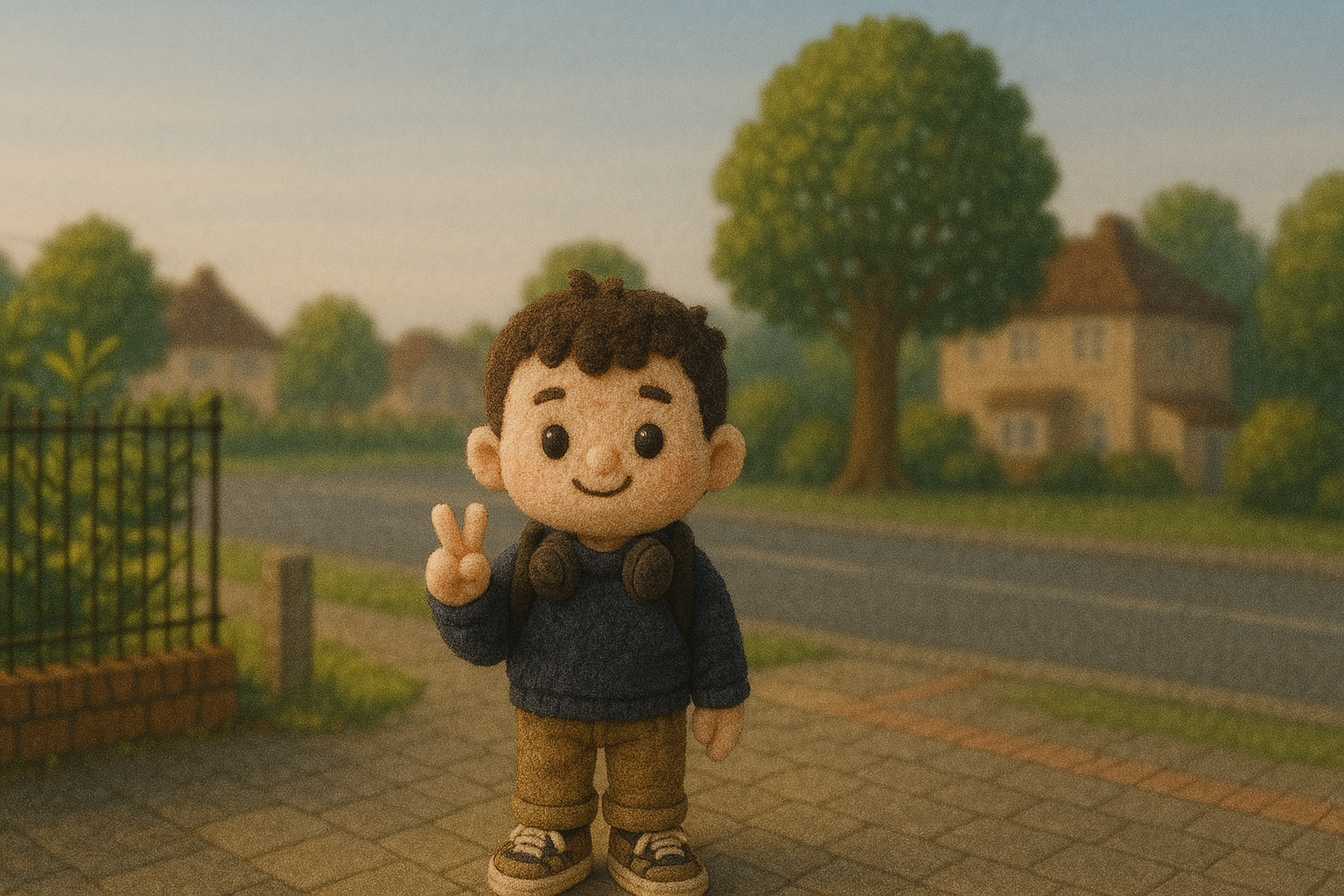Google says Stadia is doing great — we’re not so sure
Google claims that Stadia is "alive and well," but it's difficult to be sure

UPDATE, 5/24: Tom's Guide has updated the piece with more accurate information about the Stadia Makers program. We have also clarified some of Stadia's unique features.
Google Stadia has had quite a journey ever since its reveal at GDC 2019. There was some initial excitement about the prospect, followed by some skepticism about how well it would work. Then came the Stadia launch, with excitement about how well it worked — and skepticism about whether gamers would really need it.
Google’s innovative cloud gaming platform has suffered some setbacks in 2021, but the company recently claimed that the project is “alive and well.” That may be true, but Google won’t share the one piece of evidence that would let us judge for ourselves.
- Play the best PC games
- Try the best free PC games
- Plus: PS5 restock nightmare may end soon as Sony is 'ramping up' production
First, a little background: In our initial Google Stadia review, Tom’s Guide gave the platform a middling grade. We were impressed by how well the game-streaming worked, but it had a thousand little inconveniences and relatively few games. It was also difficult to tell whether there was really a significant audience that craved big-budget games, but was absolutely unwilling to buy a console or PC.
In the interim, Stadia has ironed out its most annoying bugs. There’s now relative parity between the Chromecast, PC and Android applications, and the controller works wirelessly everywhere. Stadia has also continued to add features, such as a search bar and free tier. (You still need to buy games, but you don’t have to pay a subscription fee on top of that.)
Still, it’s hard to shake the feeling that Stadia has encountered more setbacks than accomplishments lately. Google shuttered Stadia’s first-party game development, and lost a number of key personnel, including head of product John Justice. Stadia’s developer marketing lead, Nate Ahearn, discussed all this and more in a wide-ranging interview with GamesIndustry.biz. Nonetheless, Ahearn claims that Stadia is “alive and well.”
Google’s claims

“We’re well on our way to over 100 new games launching on Stadia in 2021, and we’re continuing to make Stadia a great place to play games on devices you already own,” said Ahearn. These upcoming 100 games come from major studios like Capcom, EA, Square Enix and Ubisoft. They also come from a number of ambitious indie developers called “Stadia Makers.”
Sign up to get the BEST of Tom's Guide direct to your inbox.
Get instant access to breaking news, the hottest reviews, great deals and helpful tips.
Ahearn seemed particularly optimistic about the Stadia Makers program. This initiative, which Google launched in 2020, forms partnerships between Google and indie devs. Through this program, Google provides technical assistance, hardware and even funding for up-and-coming developers. Now that Stadia is no longer developing its own first-party titles, the Stadia Makers program could be an important source of games that debut on Stadia before other platforms.
“That translates into more games for players to enjoy from diverse voices, that tackle themes like mental health, dystopian realities and the human mind,” said Ahearn. “For the independent studios that are part of Stadia Makers, 2021 will bring more players to experience their games instantly through the cloud, and we think that’s a great opportunity to continue to build upon.”
Ahearn also correctly points out that Stadia has no trouble getting new and recent hit games, including Resident Evil Village and Star Wars: Jedi Fallen Order, the latter of which appeared as a complimentary title on the $10-per-month Stadia Pro subscription.
It’s an interesting interview, and worth reading if you have any interest (positive or negative) in Stadia’s ups and downs. Still, Ahearn’s settles on three major points to indicate Stadia’s overall health: the Stadia Makers program, the ease of accessing hot new games and the idea that users have to overcome their initial resistance to cloud gaming, just as they did (sort of) for VR. There’s some merit to these ideas, but they still don’t tell us the one metric that would really gauge Stadia’s overall health: how many people are playing it.

Stadia subscribers
When Google shut down development on first-party Stadia titles, I wrote an op-ed entitled “Google Stadia was never going to work.” In it, I pointed out that a gaming platform is only as good as its player base. The fact is, we have no idea how many people play (or buy) Stadia games, and we never have. Google has never made any of these numbers public, and we have precious few ways to extrapolate.
In my writing, however, I at least took a crack at it. Some back-of-the-napkin math suggests that the PS5 had at least four times as many players as Stadia — and that’s a brand-new console that no one can find anywhere. If a tremendous amount of people wanted to play Stadia games, I argued, they would have already shown up.
This doesn’t invalidate Ahearn’s point about early adoption, of course. It’s a lot easier to sell customers on the fifth iteration of a popular console, rather than a totally new technology that’s almost entirely reliant on Google’s servers.
At the same time, without major exclusive titles or a large community, Stadia has relatively few merits compared to more traditional systems. It’s a lot cheaper — hundreds, or even of thousands, of dollars cheaper, in fact. But the audience that Stadia is courting doesn’t really mind paying hundreds or thousands of dollars for a gaming system to call their own, at least as far as we can tell.
Remember, too, that when investors asked CD Projekt Red how many Stadia subscribers bought Cyberpunk 2077, the executives simply laughed.
When Stadia debuted, it was tough to play games on any screen in your house; now, Xbox Cloud Gaming and Nvidia GeForce Now let you do essentially the same thing, except you still have the option to download games and play them on your own hardware. Xbox Cloud Gaming, in fact, has arguably surpassed Stadia, since it also incorporates the wide-ranging Xbox Game Pass, which gives you hundreds of games for a monthly fee, rather than Stadia Pro’s handful.
Google Stadia outlook

So, is Stadia really “alive and well?” It depends on how you evaluate it. The service is up and running; it works as promised; it has plenty of new games on the way. The system will have some timed exclusives in the not-too-distant future, and there are still plenty of experienced Google employees at the helm.
On the other hand, we still have no idea how many people play Stadia games, or how the service plans to set itself apart from competitors — particularly now that every other major gaming platform has a streaming option of its own.
(A Google representative pointed out that Stadia still offers Stream Connect and State Share, which other platforms don't have. Whether these features merit buying a game on Stadia instead of a competing platform is up to individual players.)
One thing is for certain: Whether Stadia succeeds or fails, its early years will make for a fascinating postmortem someday.
Marshall Honorof is a senior editor for Tom's Guide, overseeing the site's coverage of gaming hardware and software. He comes from a science writing background, having studied paleomammalogy, biological anthropology, and the history of science and technology. After hours, you can find him practicing taekwondo or doing deep dives on classic sci-fi.
-
Wolfshadw I've never met a developer who didn't say, "All is Well" or "We're on track" all the way up to the day the project is killed.Reply
-Wolf sends

